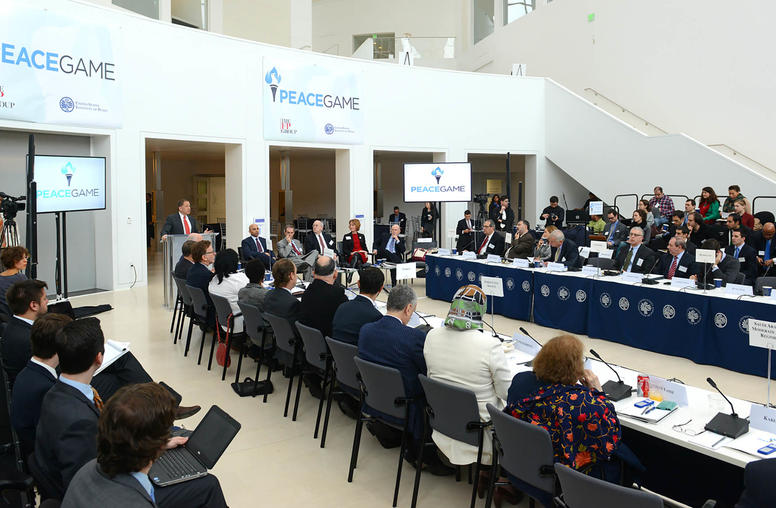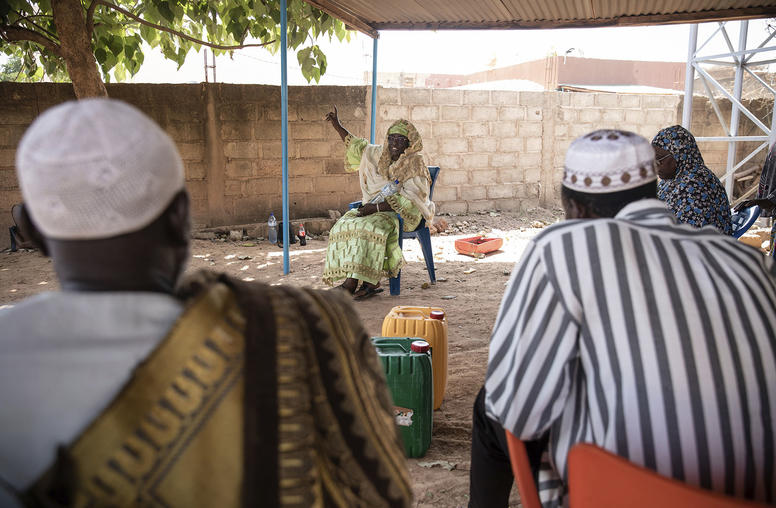Launch of the Peacemaker's Toolkit
The U.S. Institute of Peace has been developing a new series of handbooks for practitioners and educators about the art of mediation which constitute “The Peacemaker’s Toolkit.” To formally launch the Peacemaker’s Toolkit, USIP will held a public workshop on May 4 featuring authors of three of the handbooks.
Introducing The Peacemaker’s Toolkit, a new series of handbooks for practitioners and educators about the art of mediation.
On May 4, 2010, the United States Institute of Peace will hold a public workshop to launch The Peacemaker’s Toolkit. Each handbook focuses on a particular facet of the mediator’s trade, distilling practical guidance from a wealth of experience and expertise. Slim enough to fit into a pocket but packed with ideas, options, and examples, the handbooks lay out the key steps to success.
Five handbooks have now been published, and several more will be appearing in coming months. All are available online and in print, and all are free.
The May 4 workshop will feature the authors of "Working with Groups of Friends," "Timing Mediation Initiatives," and "Integrating Internal Displacement in Peace Processes and Agreements." Other available title include "Managing a Mediation Process," "Debriefing Mediators," and "Managing Public Information in a Mediation Process."
Electronic copies of the books are available by clicking the links below or by visiting http://www.usip.org/resources/peacemaker-s-toolkit.
Speakers
- I. William Zartman
Co-author, "Timing Mediation Initiatives"
SAIS Johns Hopkins University - Teresa Whitfield
Author, "Working with Groups of Friends" (forthcoming)
Center of International Cooperation at New York University
HD Centre - Gerard McHugh
Lead Author, "Integrating Internal Displacement in Peace Processes and Agreements"
Conflict Dynamics International, Inc. - Kelvin Ong, Discussant
Mediation Support Unit, United Nations - David Smock, Moderator
Co-Author, "Managing a Mediation Process"
United States Institute of Peace
Expore Further
To learn more about the The Peacemaker's Toolkit series visit the resource page or see below to download electronic copies of each handbook.



